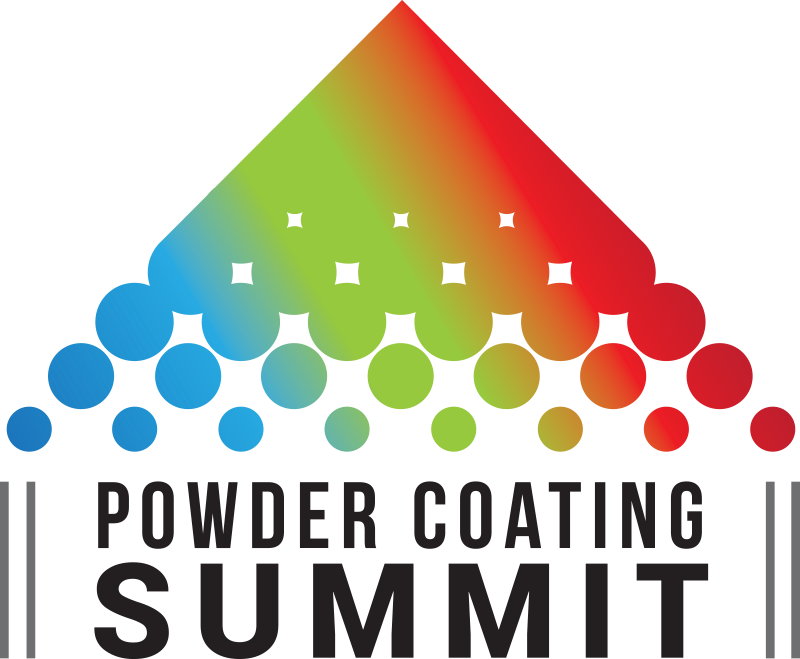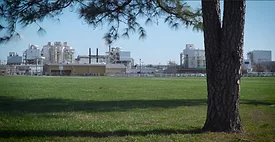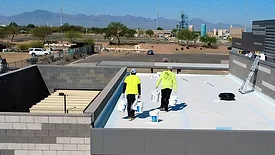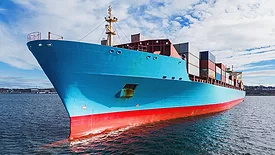Industrial Coatings
Dürr Builds Turnkey Paint Shop for Volkswagen Puebla With Electric Drying and AGV-Driven Flexibility
Read More
Editor's Viewpoint
Early Commentary on the AkzoNobel–Axalta Merger
Signals, Surprises and Silence
Read More
Transforming Chemical Compliance Into a Competitive Advantage
Unified digital systems reduce compliance risk and improve efficiency in paint and coatings operations
Read More
Microplastics and Nanoplastics: Sources, Degradation Pathways, Health Risks and Evolving Regulations
How environmental weathering generates microplastics and nanoplastics, their human exposure and toxicokinetics and the regulatory responses shaping sustainability.
November 12, 2025
Keep the info flowing with our eNewsletters!
Get the latest industry updates tailored your way.
JOIN TODAY!Copyright ©2025. All Rights Reserved BNP Media.
Design, CMS, Hosting & Web Development :: ePublishing










